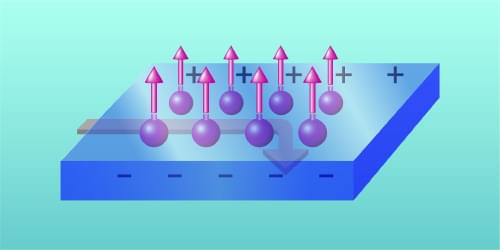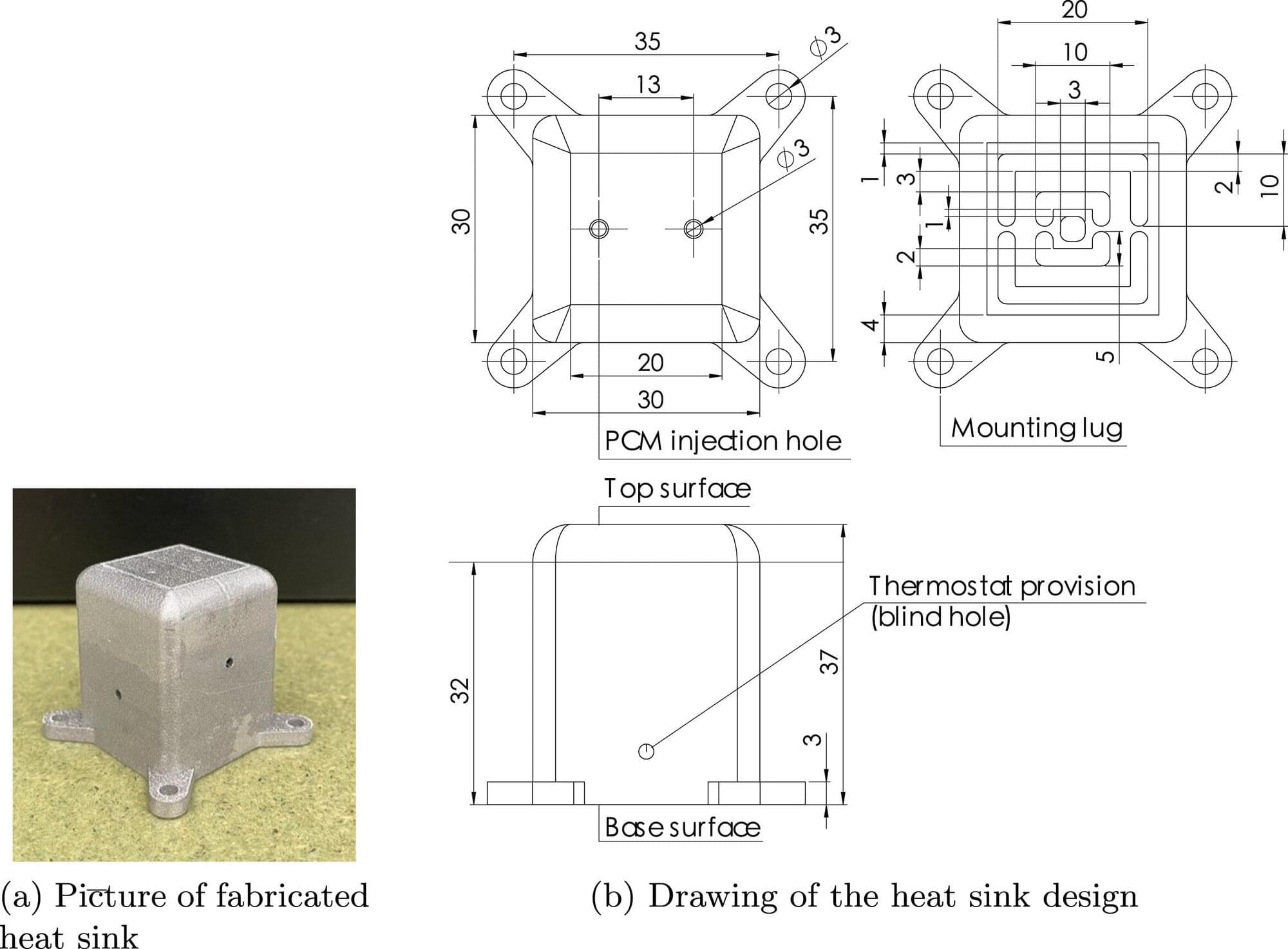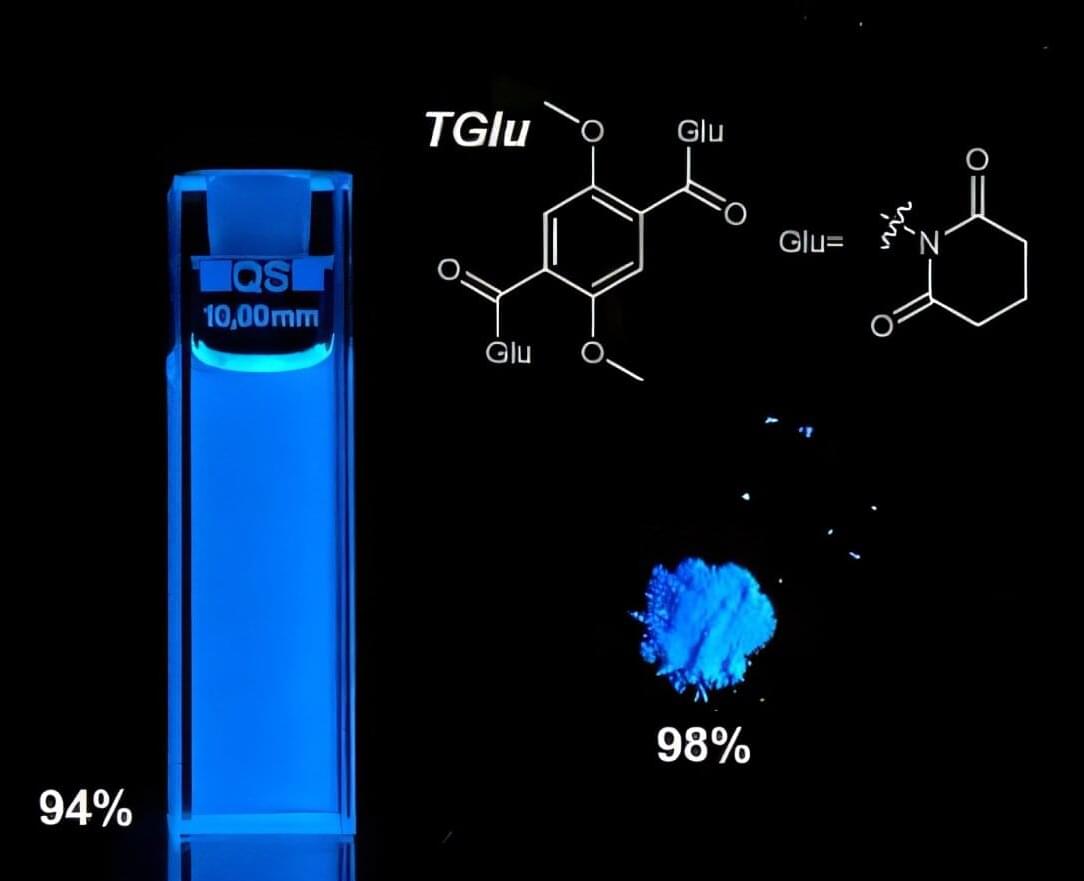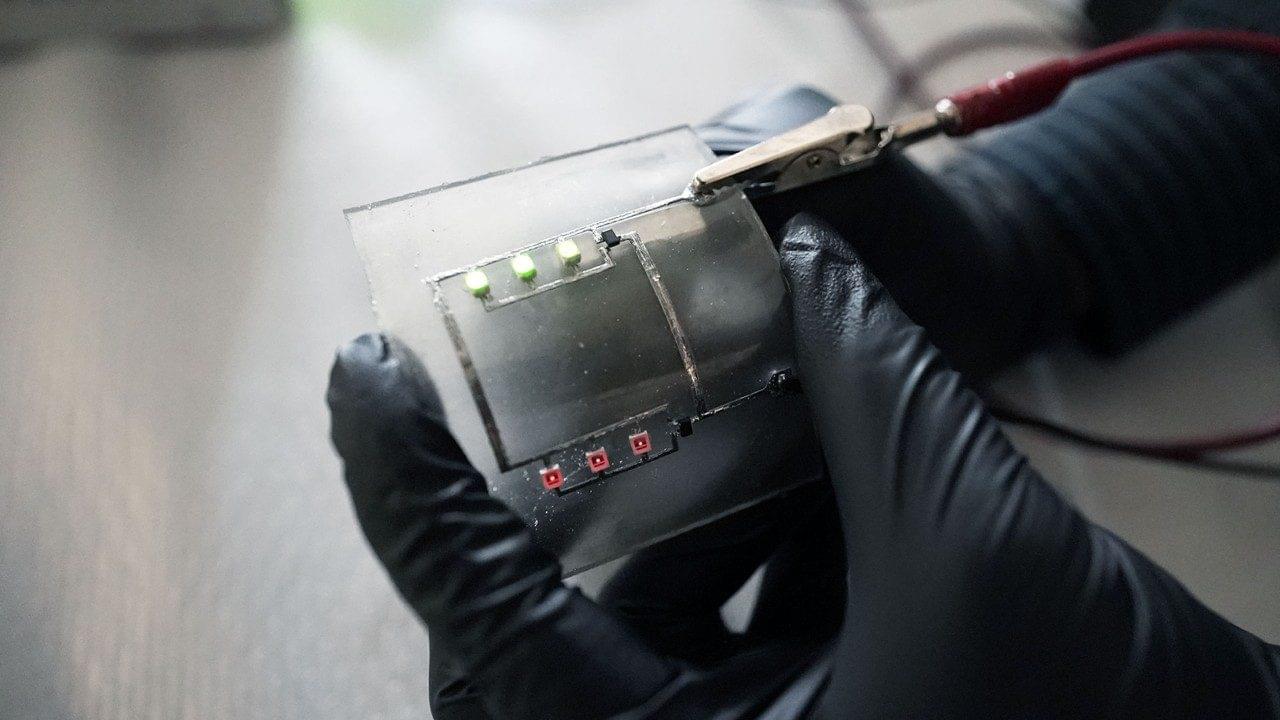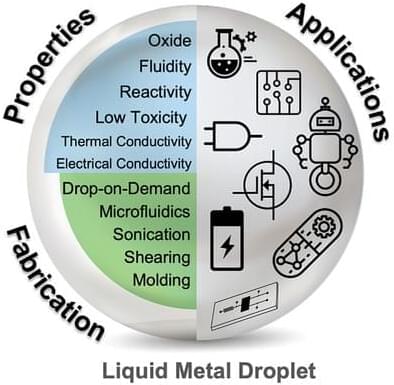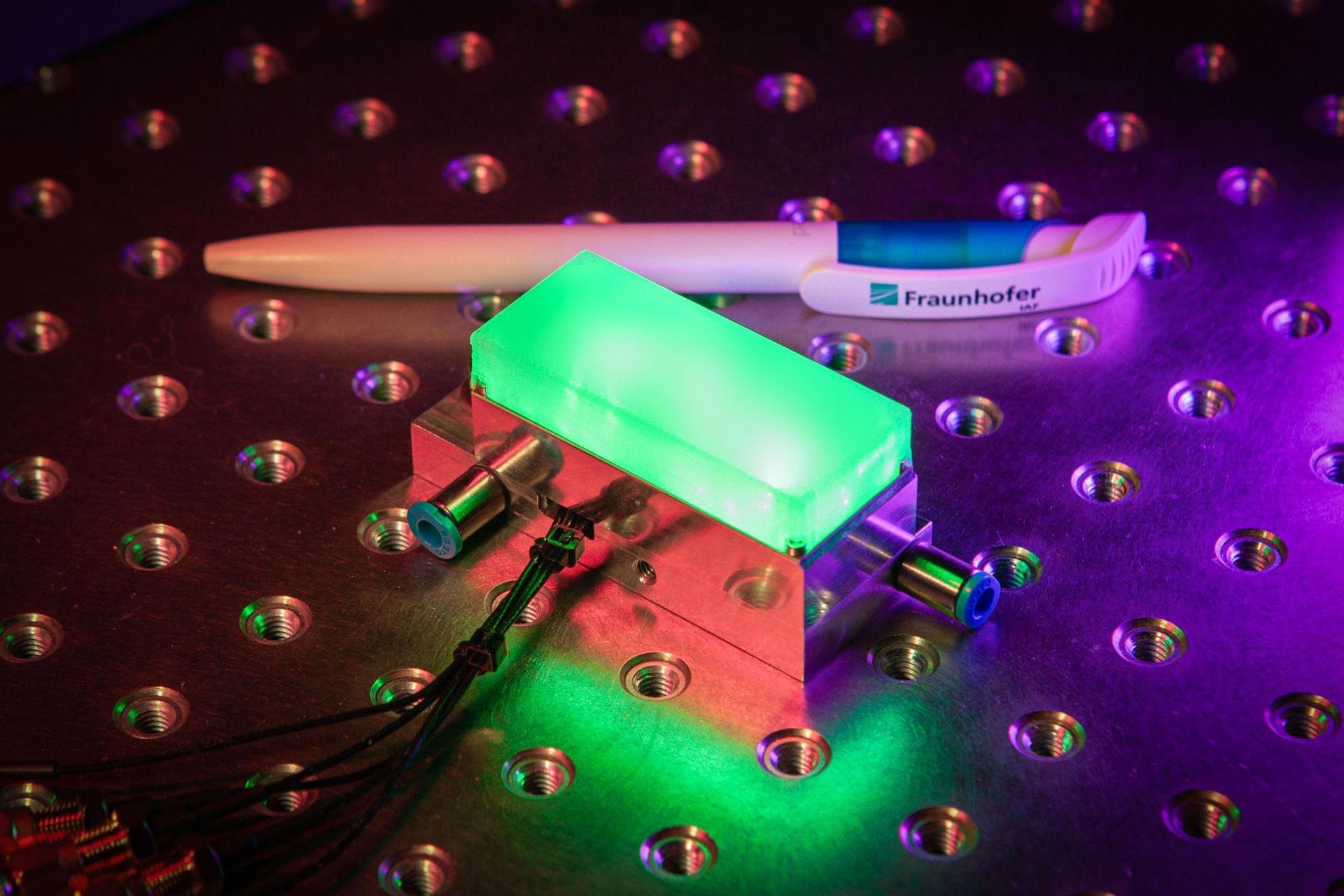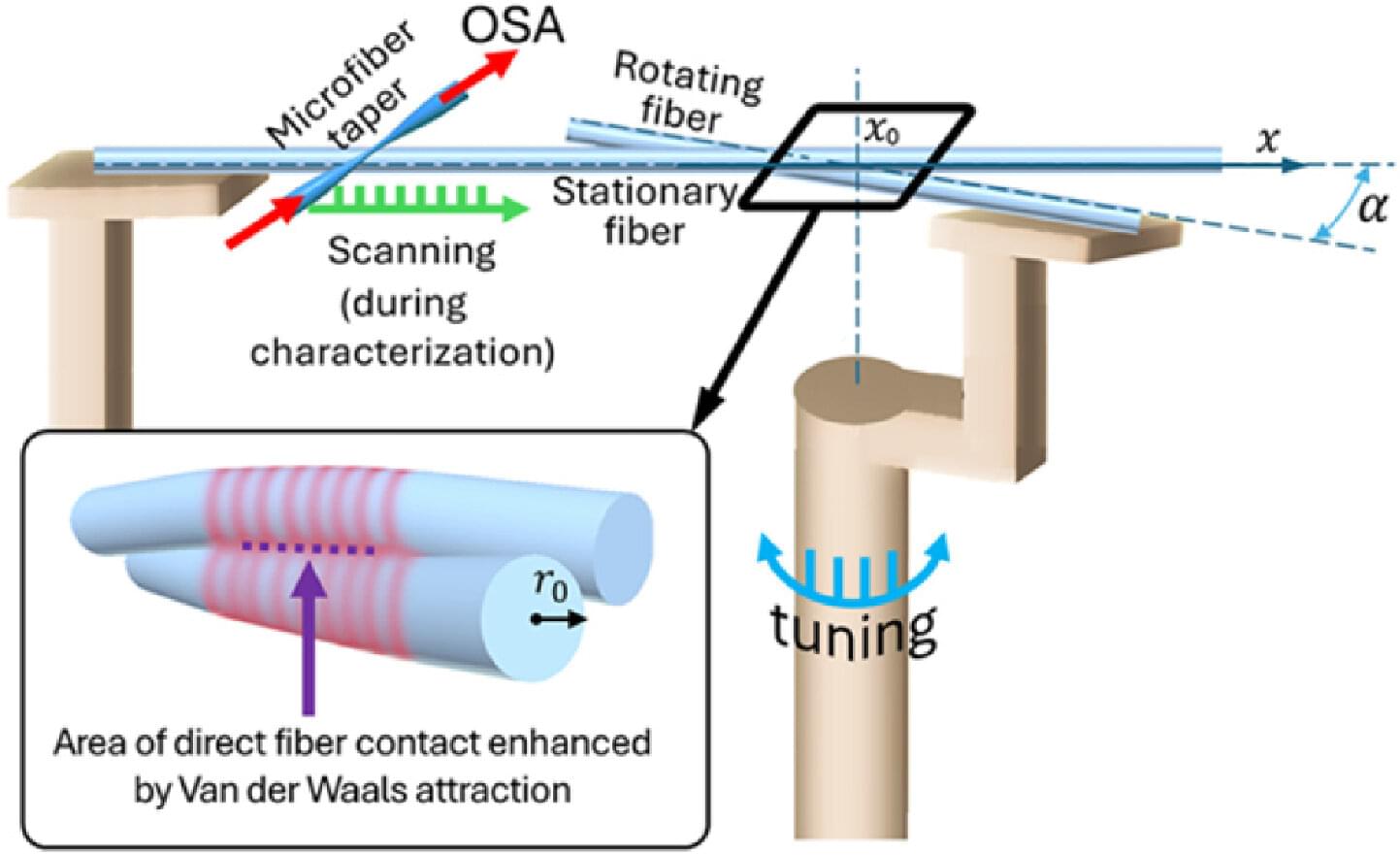A new symmetry-breaking scenario provides a comprehensive description of magnetic behavior associated with the anomalous Hall effect.
In 1879 Edwin Hall discovered that a flat conductor carrying current, when placed in a magnetic field, will develop a transverse voltage caused by the deflection of charge carriers. Two years later he discovered that the same effect arises in ferromagnets even without an applied magnetic field. Dubbed the anomalous Hall effect (AHE), that phenomenon, alongside the ordinary Hall effect, not only catalyzed the rise of semiconductor physics and solid-state electronics but also laid the groundwork for a revolutionary convergence of topology and condensed-matter physics a century after Hall’s discoveries. Recent experiments, however, have uncovered behavior that cannot be explained with current theories for the AHE.
